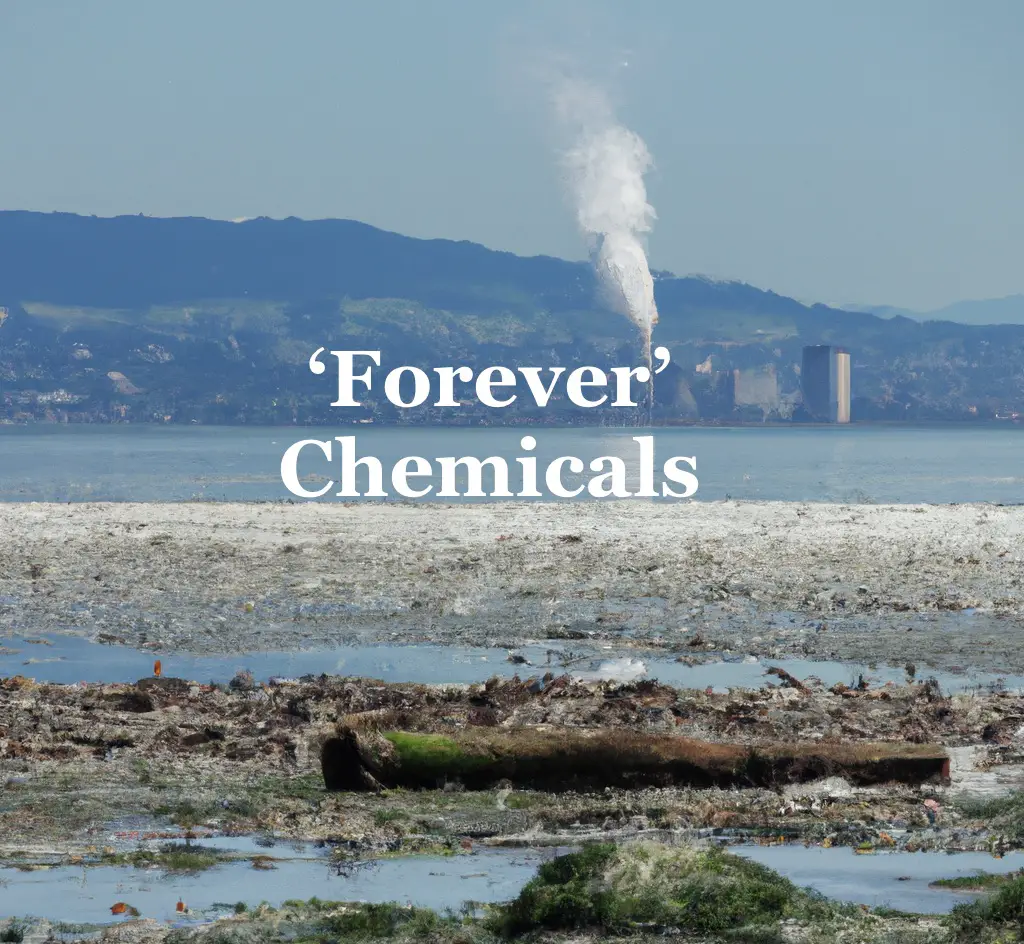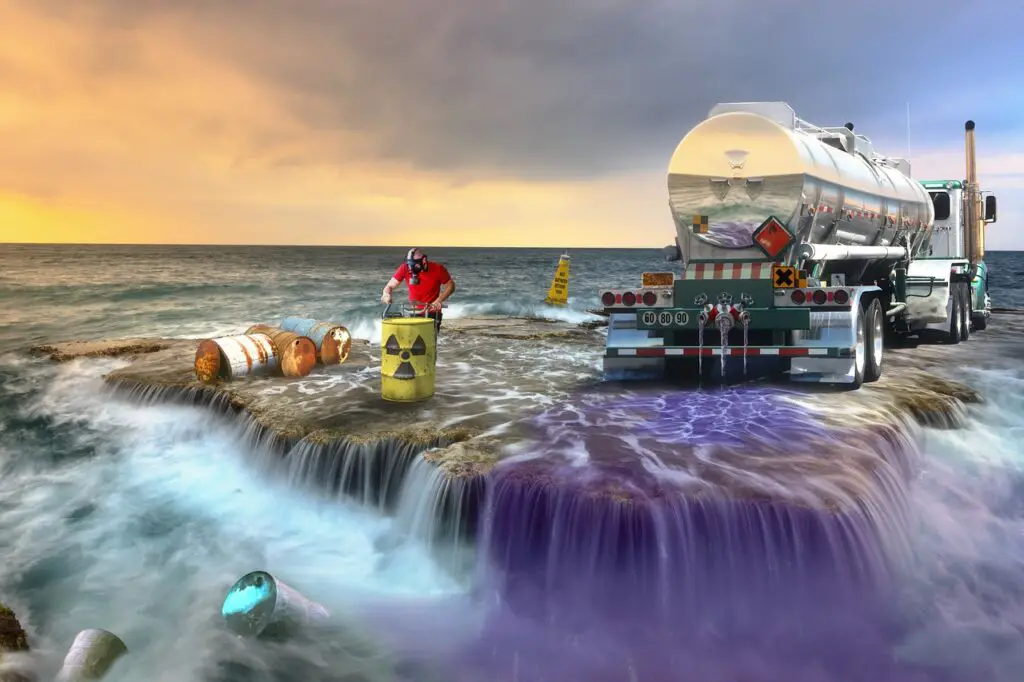‘Forever’ chemicals will forever impact our lives and futures. These chemicals are named for their unrelenting persistence, defying degradation, and permanently linger. The most common of these are per- and polyfluoroalkyl substances (PFAS). PFAS are man-made chemicals that contain a carbon-fluorine bond, one of the strongest in chemistry. From non-stick cookware to water-repellent clothing, PFAS have been integrated into a myriad of consumer products since the mid-20th century. Due to their resilience, PFAS resist breakdown, persist in the environment, and accumulate in human bodies. There are over 4,700 different PFAS, with perfluorooctanoic acid (PFOA) and perfluorooctanesulfonic acid (PFOS) being the most widely studied.
The Dangers
Health Risks
Evidence suggests that exposure to PFAS can have a detrimental effect on human health. These chemicals have been linked to:
- Increased risk of certain cancers
- Developmental issues in infants and children
- Compromised immune systems
- Decreased fertility in women
- Increased cholesterol levels
Environmental Harm
Beyond human health, forever chemicals pose significant threats to the environment. They contaminate soil and water resources, and due to their persistence, have become global pollutants. PFAS have been detected in remote areas such as the Arctic, indicating their widespread dispersal and accumulation in ecosystems.
What’s Being Done?
Regulation and Legislation
Governments around the world are increasingly recognizing the risks associated with PFAS. The United States Environmental Protection Agency (EPA) has developed a PFAS Action Plan, aiming to improve research, regulation, and communication regarding these chemicals. Various states in the US and countries in the European Union have set or are considering setting stricter limits on PFAS concentrations in drinking water and consumer products. Various bills are being passed on a state level to ban these chemicals.
Remediation and Cleanup
Efforts are being made to clean up areas contaminated with PFAS. These include removing contaminated soil and employing filtration systems to treat polluted water. However, the overwhelming persistence of these chemicals makes complete elimination from the environment a challenging task.
Alternatives and Phasing Out
Industries are exploring alternatives to PFAS in product manufacturing. For example, some companies have started using alternative substances for water and stain repellency in textiles.
What Can We Do?
Educate and Advocate
Stay informed about the dangers of forever chemicals and advocate for stricter regulations and better safety measures. Support organizations and policymakers who prioritize environmental health.
Conscious Consumer Choices
Use products that are free of PFAS. Look for labels that indicate a product is PFAS-free and research the companies to understand their stance on chemical safety.
Filter Drinking Water
If you live in an area where water may be contaminated with PFAS, invest in a water filtration system that is certified to remove these chemicals.
Encourage Proper Disposal
Support and encourage the development of proper disposal techniques for PFAS-containing materials and engage in community efforts for cleanup initiatives.
Conclusion
The legacy of forever chemicals is a testament to the unforeseen consequences of technological advancement. As the world gains more insight into the risks associated with PFAS, it is vital to adopt strategies that safeguard human health and the environment. Through collective action we can help prevent the use of these dangers chemicals and reduce their impact on our future.




